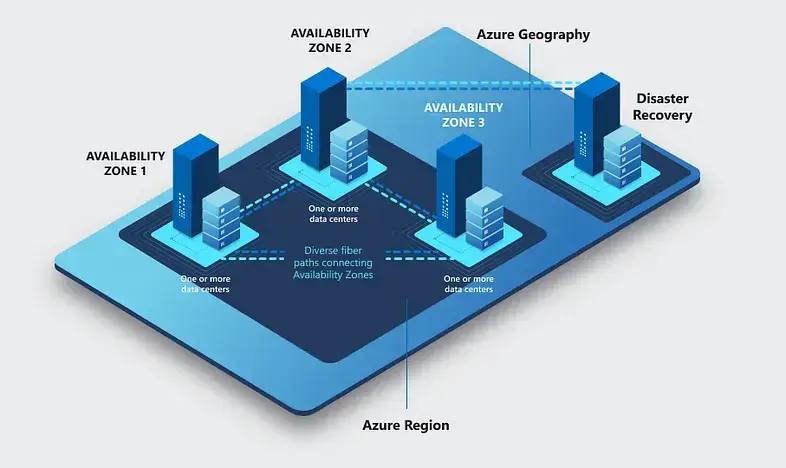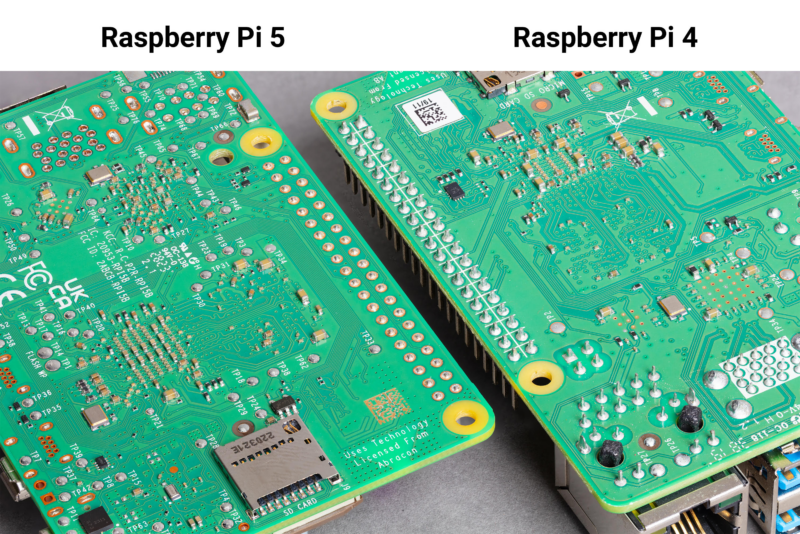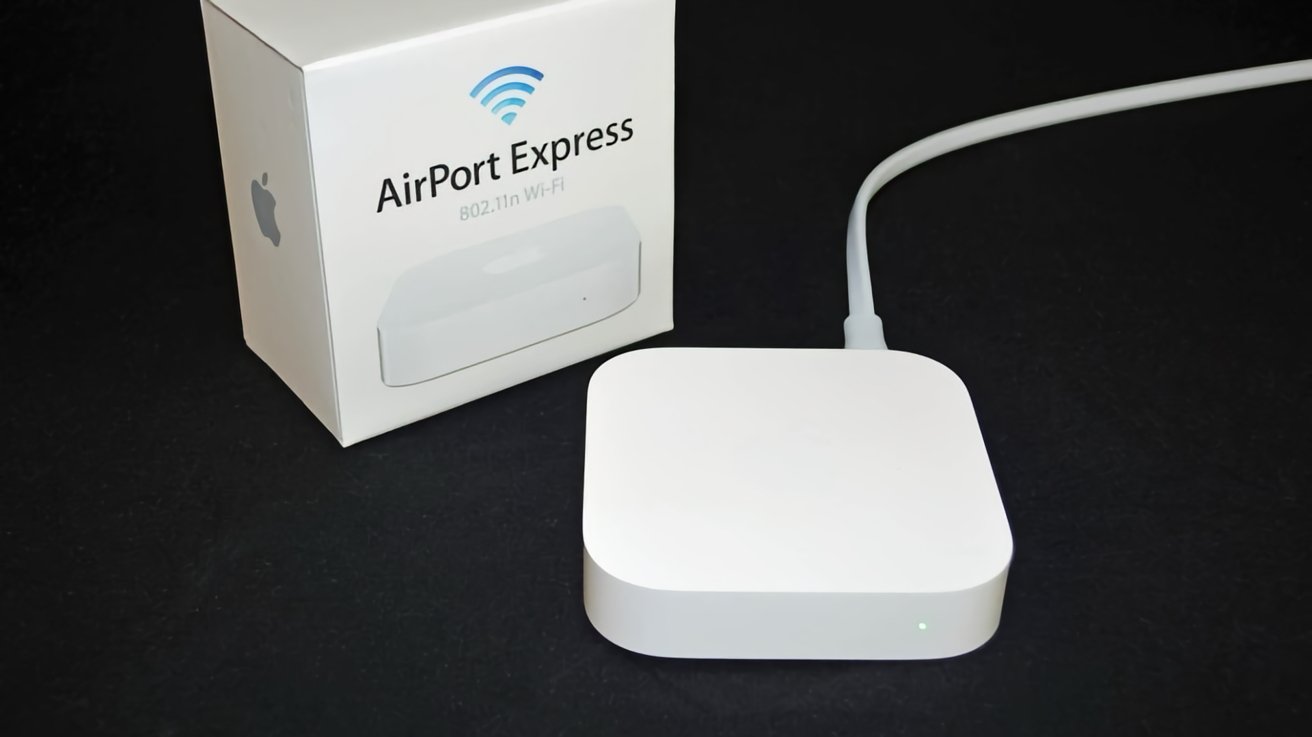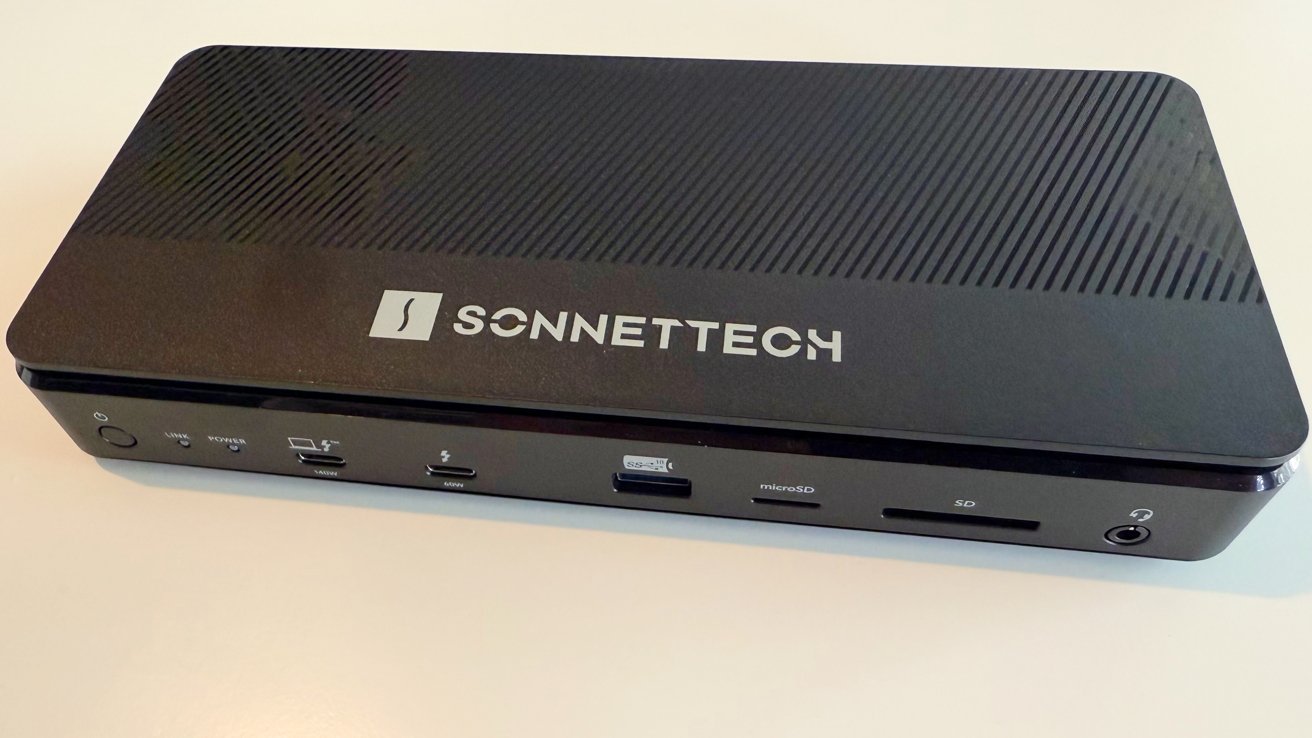How IPv4 Works – A Handbook for Developers
The Internet Protocol version 4 (IPv4) is one of the core protocols of standards-based internetworking methods in the Internet and other packet-switched networks. IPv4 is still the most widely deployed Internet protocol. Google’s IPv6 Statistics show...

The Internet Protocol version 4 (IPv4) is one of the core protocols of standards-based internetworking methods in the Internet and other packet-switched networks. IPv4 is still the most widely deployed Internet protocol. Google’s IPv6 Statistics show 44.29% of traffic to Google services on April 24, 2025 is over IPv6, implying 55.71% goes over IPv4.
This handbook will take you through every aspect of IPv4, from understanding IP addresses to examining packet headers and fragmentation. You'll learn:
How IP addresses work and their different formats
Network addressing schemes from fixed-length to CIDR
Special IPv4 addresses and their uses
The structure and purpose of every field in the IPv4 header
How IPv4 handles packet fragmentation across different networks
Whether you're a network engineer, software developer, or IT professional, understanding IPv4 is crucial for working with modern computer networks.





























![[Free Webinar] Guide to Securing Your Entire Identity Lifecycle Against AI-Powered Threats](https://blogger.googleusercontent.com/img/b/R29vZ2xl/AVvXsEjqbZf4bsDp6ei3fmQ8swm7GB5XoRrhZSFE7ZNhRLFO49KlmdgpIDCZWMSv7rydpEShIrNb9crnH5p6mFZbURzO5HC9I4RlzJazBBw5aHOTmI38sqiZIWPldRqut4bTgegipjOk5VgktVOwCKF_ncLeBX-pMTO_GMVMfbzZbf8eAj21V04y_NiOaSApGkM/s1600/webinar-play.jpg?#)








































































































































![[The AI Show Episode 145]: OpenAI Releases o3 and o4-mini, AI Is Causing “Quiet Layoffs,” Executive Order on Youth AI Education & GPT-4o’s Controversial Update](https://www.marketingaiinstitute.com/hubfs/ep%20145%20cover.png)

































































































































































































































































































































































-xl.jpg)






























![New Hands-On iPhone 17 Dummy Video Shows Off Ultra-Thin Air Model, Updated Pro Designs [Video]](https://www.iclarified.com/images/news/97171/97171/97171-640.jpg)
![Apple Shares Trailer for First Immersive Feature Film 'Bono: Stories of Surrender' [Video]](https://www.iclarified.com/images/news/97168/97168/97168-640.jpg)




































































































